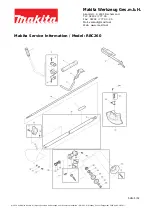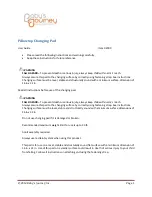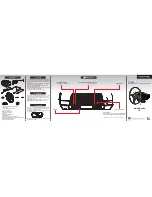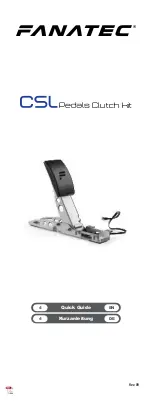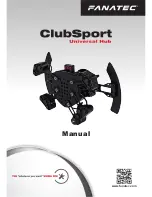
26
Try the following when the telescope does not produce any image.
* The telescope will not focus at short distances.
It requires a distance of at least 200 meters to
focus an object. Point the telescope as far into
the distance as possible.
* Your target object may be out of the field of
view of the telescope. Aim the telescope
again more carefully.
* If the field of view of the eyepiece is white
(light grey), the telescope may be pointing
at the sky. Level the telescope and aim it at
the object again.
* If the field of view of the eyepiece is pitch-dark
in the daytime, it is possible that the mirror shift
knob is not in the correct position to pass the
light rays to your eyepiece (if you are using a
flip mirror or your telescope comes equipped
with an internal flip mirror). Turn the flip mirror
knob in another direction to switch the light path.
Loosen the eyepiece setscrew and try changing to an eyepiece with a higher
power (smaller number) that is available optionally. Make sure that you
tighten the eyepiece setscrew after changing eyepieces.
Bring the object into focus again. The higher the magnification, the smaller
the range of focus. Turn the focusing knob more slowly.
The higher the magnification, the larger the object appears. However, the
image is dimmer at higher power than at low power.
CHANGING THE MAGNIFICATION
(An optional high power eyepiece is needed)
Eyepiece
Setscrew
Eyepiece
Setscrew
Hint 6
When using an eyepiece with short focal length
(small number in millimeters, high power), the
image will be dim and the range of sharp focus
will be small. The image will be harder to see so
begin with an eyepiece with long focal length.
Dividing the focal length of the telescope by
the focal length of the eyepiece gives the magni-
fication.
Example: Calculating the eyepiece magnification using a
telescope with 800mm focal length.
Eyepiece Focal length of telescope Focal length of eyepiece Magnification (power)
PL20mm 800mm 20mm x 40
PL 6mm 800mm 6mm x133
Hint 5
Astronomical telescopes p r o d u c e u p s i d e - d ow n
images. The telescope’s image is inverted when
viewing straight-thru and mirror reversed with
right-angled viewing (with a star diagonal or a flip
mirror). The non-erect orientation of a telescope’s
image may be difficult to get used to.
BASIC OPERATION
Mirror reversed view with a flip mirror (Right-angled)
Inverted view with a flip mirror (Straight-thru)
Field of view at low power
(magnification)
A Smaller image but you get a wider
field of view and brighter,
sharper image.
Field of view at high
power (magnification)
A larger image but you get a narrower
field of view and darker, fainter image.
Содержание Skypod
Страница 1: ...Altazimuth Mount Instruction Manual for...



































